Valentin Hlushko is an outstanding Ukrainian designer in the field of rocket technology. He personally and members of his design bureau developed many rocket engines. We selected the five most outstanding of them.
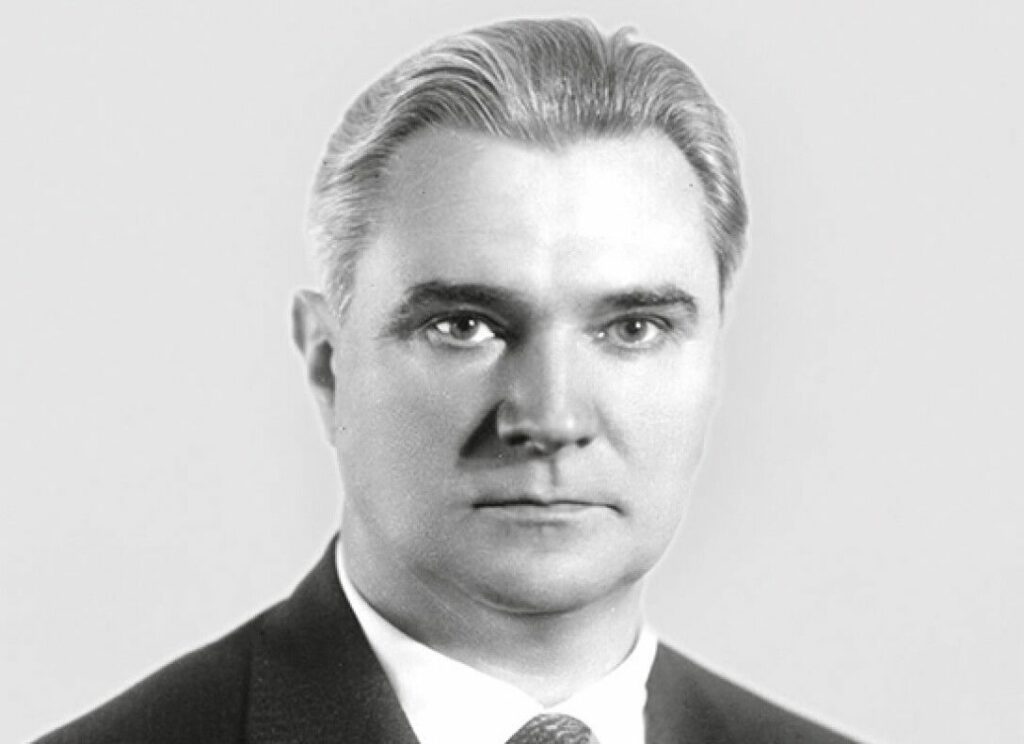
Valentin Hlushko
The outstanding Ukrainian engineer Valentin Hlushko was born on September 2, 1908 in Odesa. His father was a peasant who was able to get a higher education. Hlushko became interested in the topic of space travel in his school years and at the age of 16 he already got his first published article on this topic.
But what made him known all around the world were rocket engines. Some of them exist only as projects, some other made the first space flights possible… and some of them still have no analogues. Next is a story about the five most outstanding creations of the Ukrainian engineer.
Electrothermal rocket engine
Valentin Glushko developed his first engine project at the age of 21, being a university student. It was an electrothermal rocket engine. Sunlight had to be converted into high-frequency electric current, which was fed into the combustion chamber. The working body also entered there, liquid mercury or metal wire could be used as it.
Under the action of electric current, the working body overheated and exploded, the products of the explosion flowed into space. Hlushko proved that the specific impulse of such an engine will be greater than that of chemical rockets. The project was never implemented, but many modern concepts of electric motors repeat it.
The engine that launched Gagarin into space
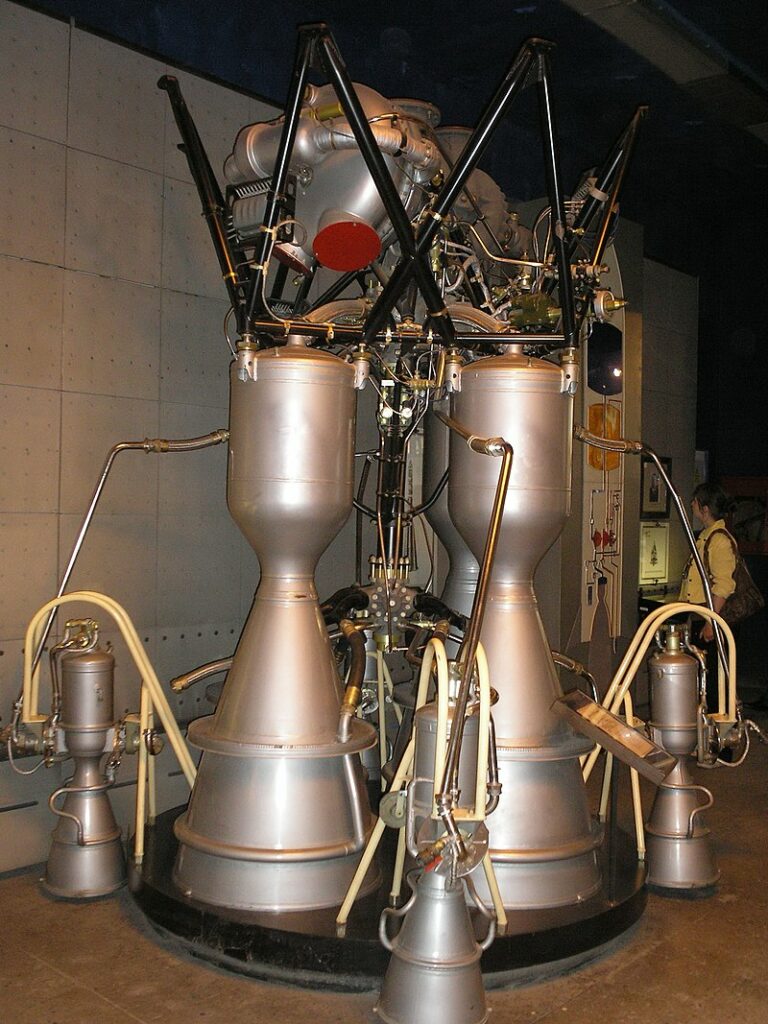
In the 1940s and 1950s, Glushko was working on rocket engines for Soviet ballistic missiles and the space program. The most famous of them are the RD-107 and the RD-108 created on its basis. It was these engines that launched the first satellite and the first man into orbit.
RD-107 and RD-108 are engines that use kerosene as fuel and liquid oxygen as an oxidizer. They were created for the R-7 ballistic missile. But when the Vostok, Voskhod, and then Soyuz space vehicles were developed on its basis, the machines created by Glushko remained the main element of their design.
Driver of automatic missions and stations
The vast majority of Soviet space missions owe their success to the Ukrainian Hlushko. In the early 1960s, his design bureau developed the RD-253 engine. Like the RD-107, this engine is still in use by the Russians in a modified form, despite the fact that it runs on extremely poisonous asymmetric dimethylhydrazine and nitrogen tetroxide.
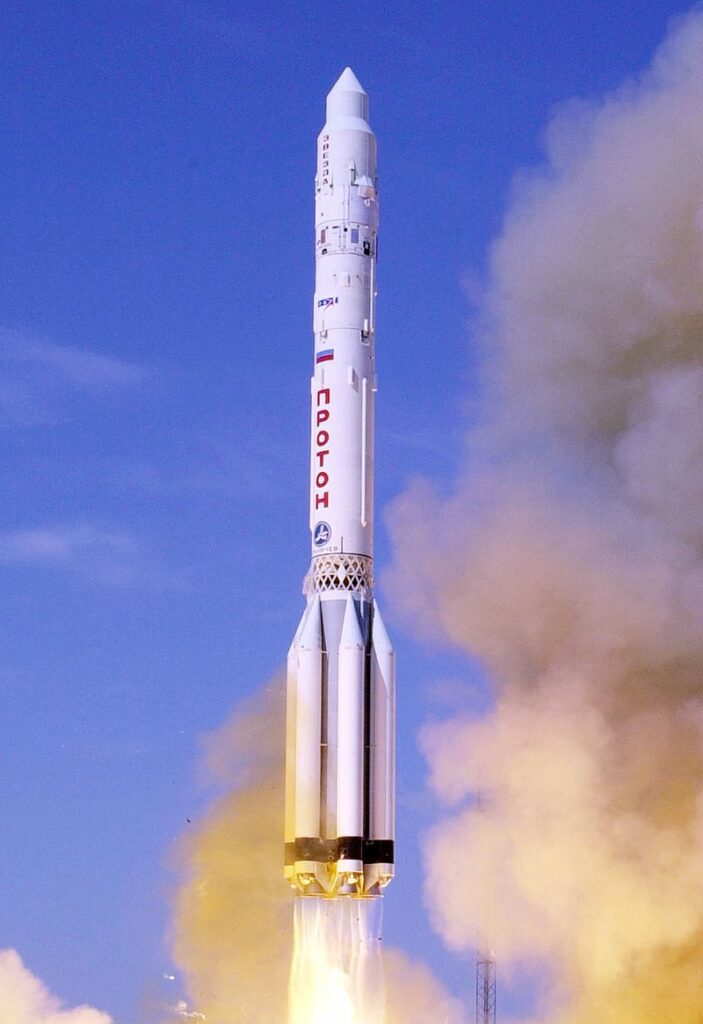
RD-253 and its derivatives RD-275 and RD-276 are used on the Proton launch vehicle, which Russia had been promising to replace with Angara for many years, but ultimately failed to do so. It was these engines that put the units of the Soviet space stations Salyut and Mir into orbit, as well as launched probes of the Luna, Venus and Mars series into interplanetary trajectories.
Fluoro-ammonia engine
In the mid-1970s, Valentin Hlushko’s design bureau was engaged in the development of the RD-301 engine. Its feature was the use of liquid ammonia as a fuel, and fluorine as an oxidizer. Despite the fact that their reaction gives a huge amount of energy, neither before nor after Glushko, no one dared to use this combination in a real engine.
The reason is the extreme complexity of working with these components. If ammonia is simply a very toxic substance, then fluorine also actively reacts with almost any material. Because of this, the engine running on this mixture could only be turned on once. Nevertheless, the RD-301 was proposed for use on the third stage of the Proton, as it made it possible to increase its carrying capacity by 1.5 times.
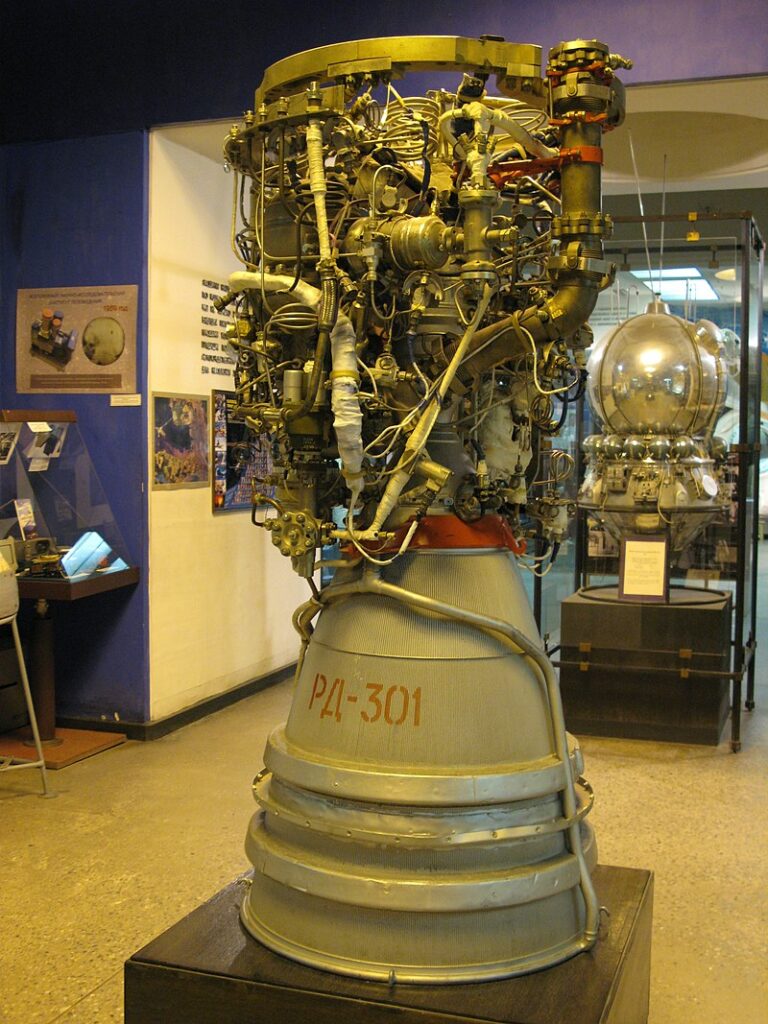
There was a lot of interest in the engine in connection with the Soviet lunar program. It was embodied in metal and passed all the tests. But when the Soviet government abandoned the plan to fly to the Earth’s natural satellite, interest in the dangerous invention faded.
The most powerful rocket engine in the world
It was under the leadership of Valentin Hlushko that the most powerful rocket engine ever created by man was developed. We mean the RD-170, designed for the Energia launch vehicle in the 1980s.
The super-heavy Energia, which was fully developed by the Glushko design bureau, had a starting mass of 2,400 tons. It was launched only twice. During the first launch, the rocket carried a model of a satellite with a laser cannon into orbit, and during the second one — the Buran spacecraft.
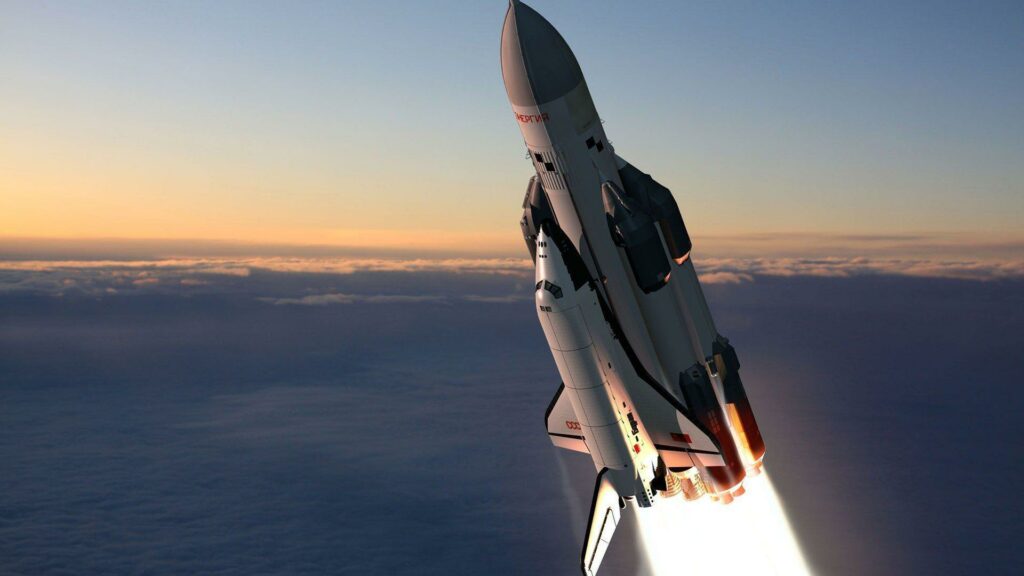
RD-170 was a kerosene-oxygen engine, the thrust of which was 7.9 meganewtons. For comparison: the power of the RD-275 is only 1.8 MN, the Raptor engine installed on the Starship is 2.2 MN, and the RD-180 used on the Atlas rockets — 4.1 MN.
